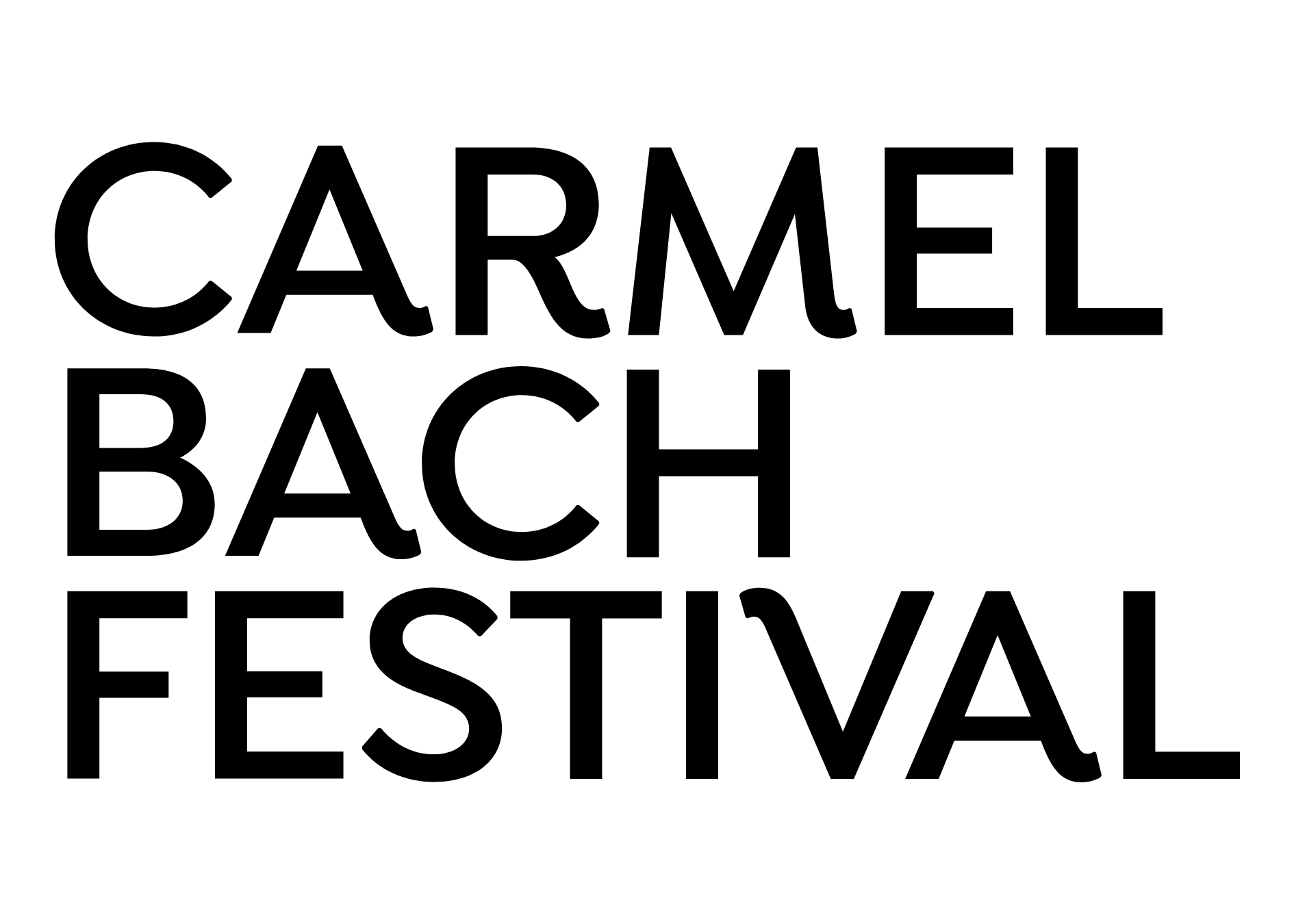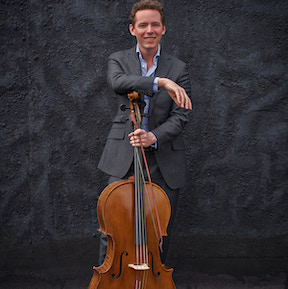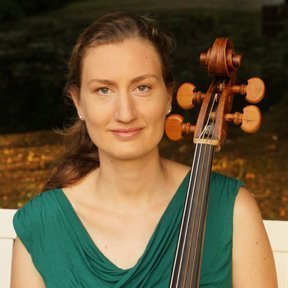
A Celebration of the Cello
Tuesdays, July 19 & 26, 3:00 PM
Allen Whear Memorial Chamber Music Recital
Music by Boccherini, Mozart and Schubert, led by Cynthia Roberts
Cynthia Roberts, Chloe Fedor, violin; Kyle Miller, viola; Kieran Campbell,
Eva Lymenstull, cello
| FRANZ SCHUBERT |
Trio in B-flat Major, D.471 |
|
| (1797–1828) |
Allegro |
|
| LUIGI BOCCHERINI |
Quintet in E Major, Op.13, No. 5 |
|
| (1743 –1805) |
Amoroso |
|
|
Allegro con spirito |
||
|
Minuetto |
||
|
Rondeau: Andante |
||
| WOLFGANG AMADEUS MOZART |
Quartet in D Major, K 575 |
|
| (1756–1791) |
Allegretto |
|
| Andante | ||
|
Menuetto: Allegretto |
||
|
Allegretto |
||
Program Notes
Franz Schubert, Trio in B-flat Major, D.471
Franz Schubert is one of the most intriguing composers of his day, but during his short lifetime, he received minimal praise from the public. He did have support from a small network of scholars, composers, and artists who collaborated and encouraged each other’s creative endeavors. Known for German lieder (poetry set to music), his music is famous for its catchy, singable melodies and dramatic flair. He wrote during the late Classical and early Romantic era, and most of his music is what one might call “crossover” between the two starkly different styles. This Trio in B-flat, of which he completed only one movement, is a particularly classical example in Schubert’s catalogue. In the final bars, a suspension in the violin adds some color to an otherwise predictable cadence.
Luigi Boccherini, Quintet in E Major, Op.13, No. 5
This quintet is a rare joy to hear because it features an additional cellist, a curious, unusual combination. It turns out Boccherini was employed by a member of the Spanish royal family to compose string quartets for the Font String Quartet to perform, and occasionally he would write an additional cello part so he could play along with them. The extra bass instrument is seemingly a subtle scoring change, but it truly shifts the focus toward the low strings and away from the violins, who tend to dominate the spotlight in traditional string quartets.
The Amoroso opens with all parts labeled con sordina (with mute), which creates a subtle, almost whisper-like introduction. The celli pass melodies back and forth in a lovely duet. The violins introduce the opening theme in the Allegro con spirito, then the celli muse on the theme playing it first romantically, then with cheeky staccato accompaniment. The imaginative harmonic and stylistic shifts seem to suggest that Boccherini’s use of the word spirito means not only “animated” but instead refers to the entire emotional palette. Minuetto opens with a famous melody written in the score for violin, but often played on the cello. This chipper minuet feels perpetually optimistic. Even when the music shifts to the minor mode and darkens, there’s a sense that we will return to the hummable opening tune. The Rondeau features two melodies in gentle competition, the celli and violins in quietly dueling duet. As the exposition
progresses, the two pairs begin to quote one another and play off each other more directly. In the development, the music shifts to minor, and the celli shine in a passionate duet. The movement ends in triumphant redeclaration of the themes sung throughout the movement.
Wolfgang Amadeus Mozart, Quartet in D Major, K 575
Mozart’s Quartet in D Major is from a set of three quartets dedicated to the King of Prussia, Friedrich Wilhelm II, who played the cello at an amateur level. Mozart wrote all three quartets in the final three years of his life, and they were published just weeks after his death.
The piece is notably different from other quartets in Mozart’s catalogue due to the balance among the four instruments. Each instrument has its solo moments, but Mozart gives special attention to the cello — presumably for Friedrich Wilhelm’s benefit. It’s also unique in its outward playfulness. By many accounts, Mozart’s personality could switch from bubbly to serious at a moment’s notice, and this quartet seems to mirror that beautifully.
The first movement is carefree. The music alternates on a whim from long legato phrases to staccato passages littered with pauses. The Andante is especially spritely with plenty of 32nd note embellishments to ensure the piece doesn’t lose momentum before the Menuetto. Then, rather unexpectedly, the movement lacks the steady pulse one would typically associate with a Menuetto, and instead sloshes casually from lively to lazy and back again. The final movement begins rigidly in time and sounds more characteristically Mozartian with lyrical first violin melodies juxtaposing staccato counter melodies in the viola and cello. As the end approaches, he weaves triplets between the low string voices in seamless hand-offs, building speed and intensity toward the classic dominant to tonic conclusion.
—Jennifer Candiotti






